Comprehensive Report: Knowledge Management at Toyota Motor Corporation
VerifiedAdded on 2023/04/20
|17
|1243
|365
Report
AI Summary
This report provides a comprehensive analysis of knowledge management at Toyota Motor Corporation. It explores Toyota's efforts in knowledge creation, dissemination, and preservation, highlighting the role of the Toyota Production System (TPS) and Toyota University. The report delves into the special characteristics of knowledge management at Toyota, including its physical environment, database software, and dynamic learning processes. It examines the transfer of knowledge to employees through training programs and the influence of Toyota Way principles. Furthermore, the report discusses the contribution of Japanese culture to knowledge management at Toyota, comparing Toyota's learning organization with Honda's. It also covers the tacit and explicit knowledge approaches, outlining their advantages and disadvantages. The report concludes by emphasizing the importance of continuous improvement in Toyota's knowledge management strategies, recommending the adoption of interrogative questions, effective communication, and learning networks.
1 out of 17
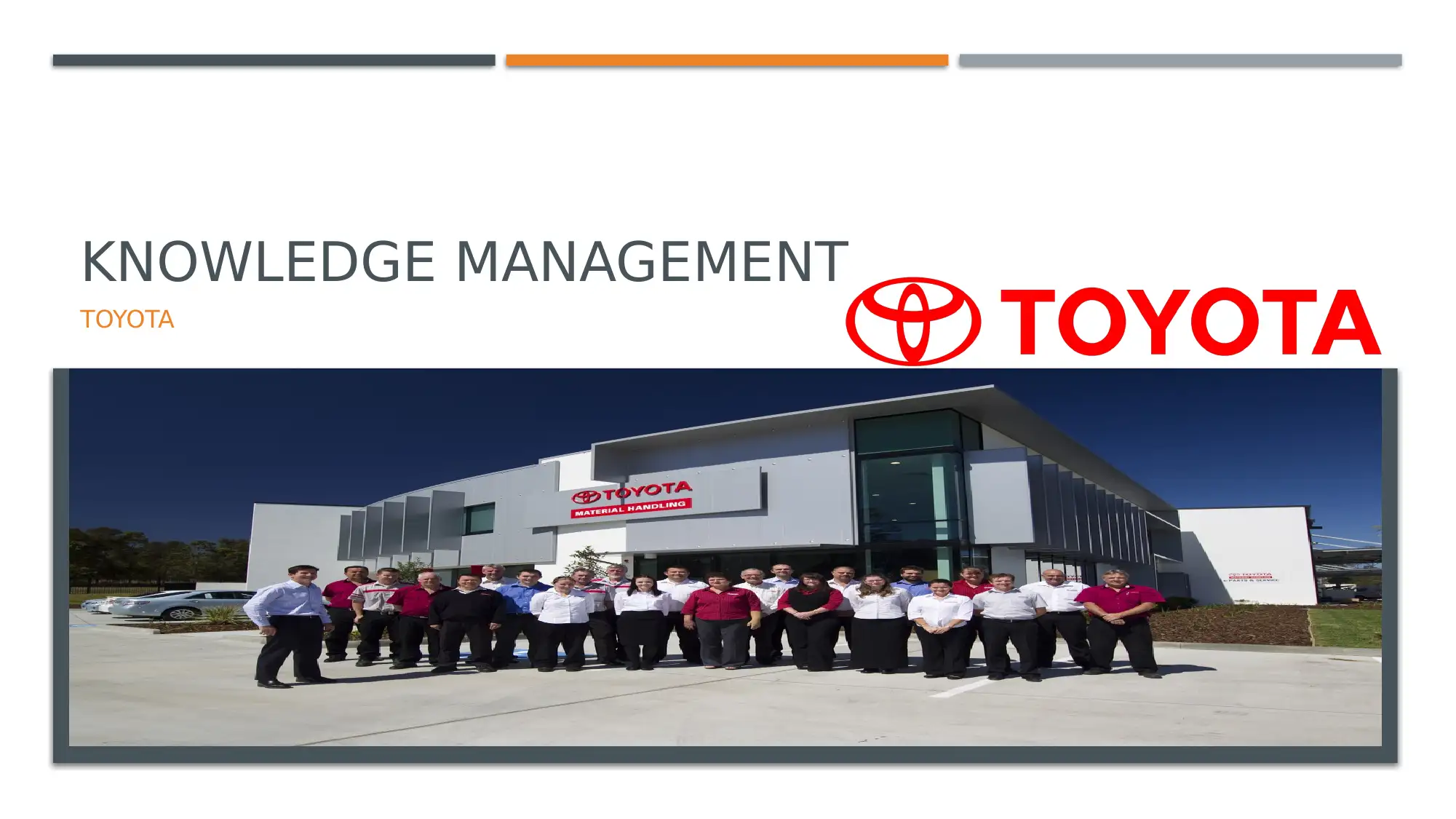
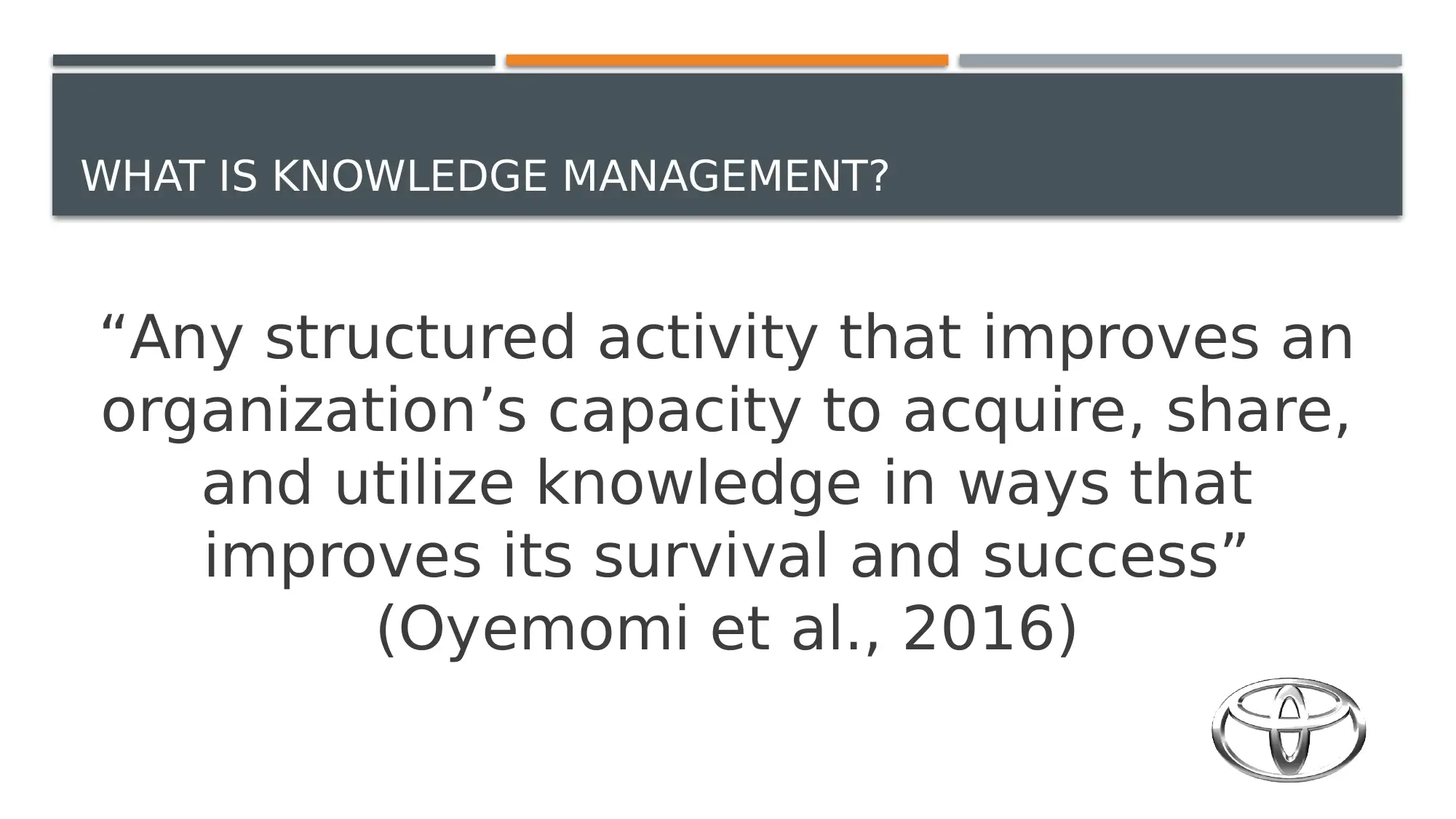
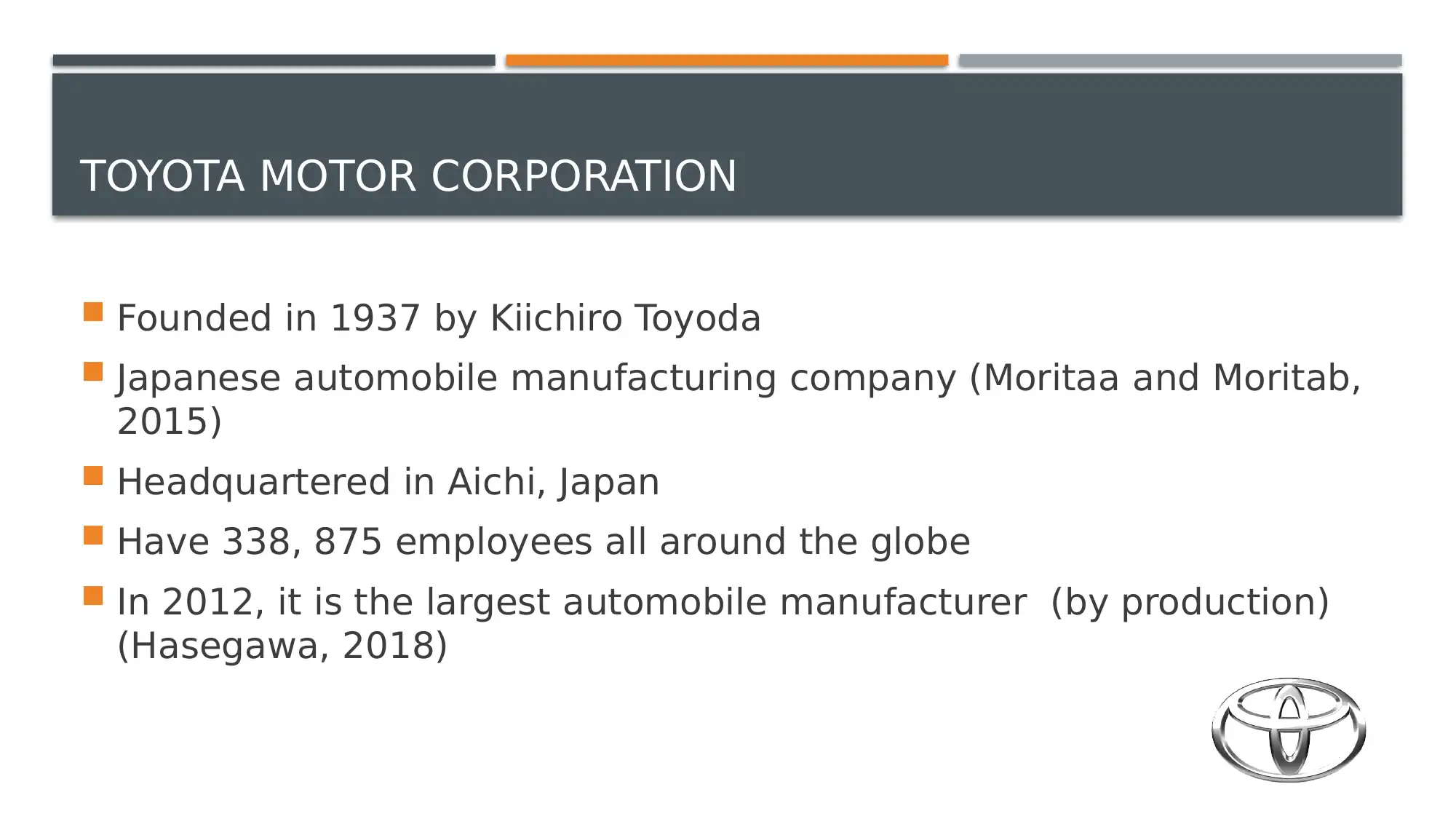

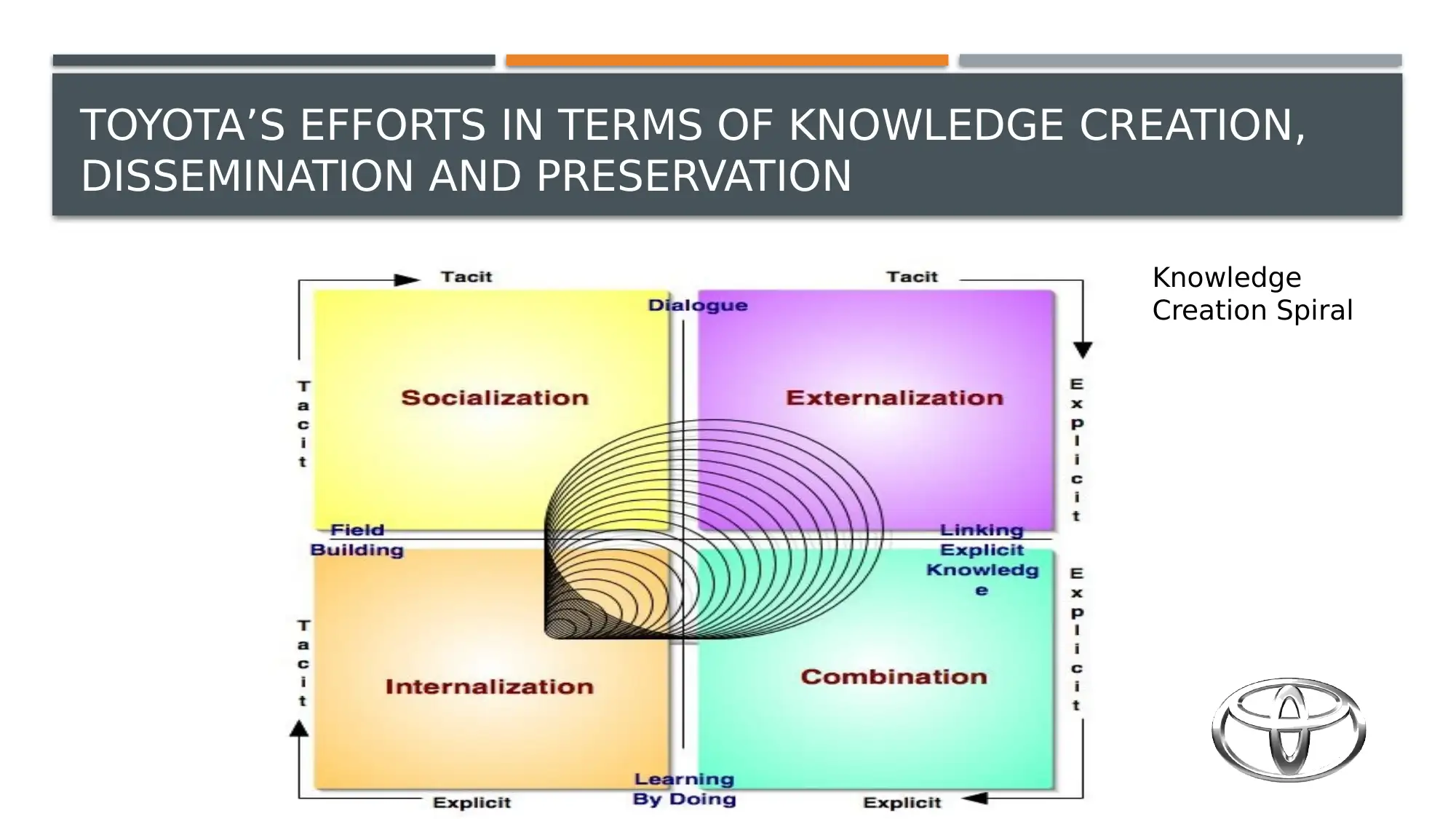
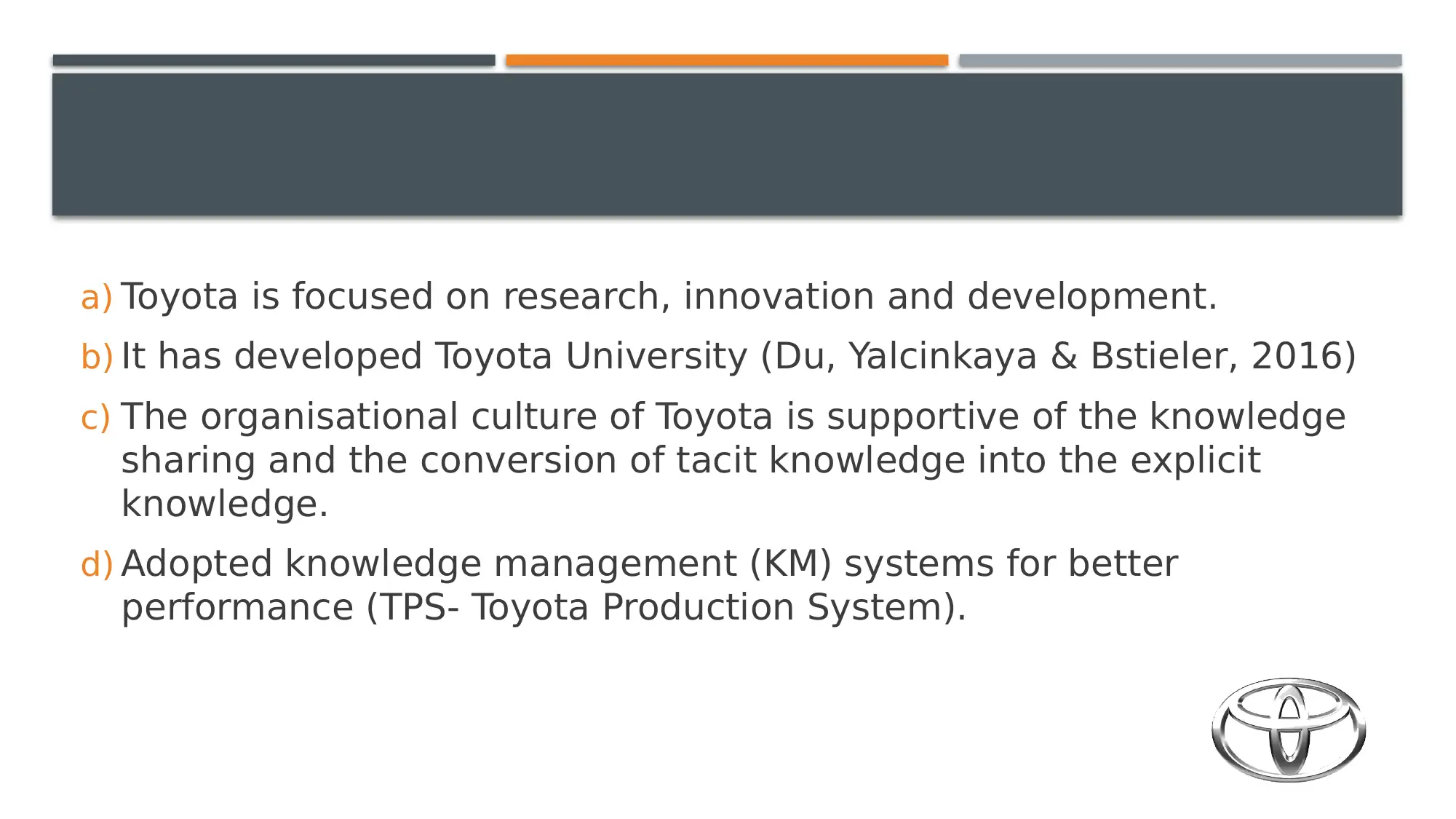
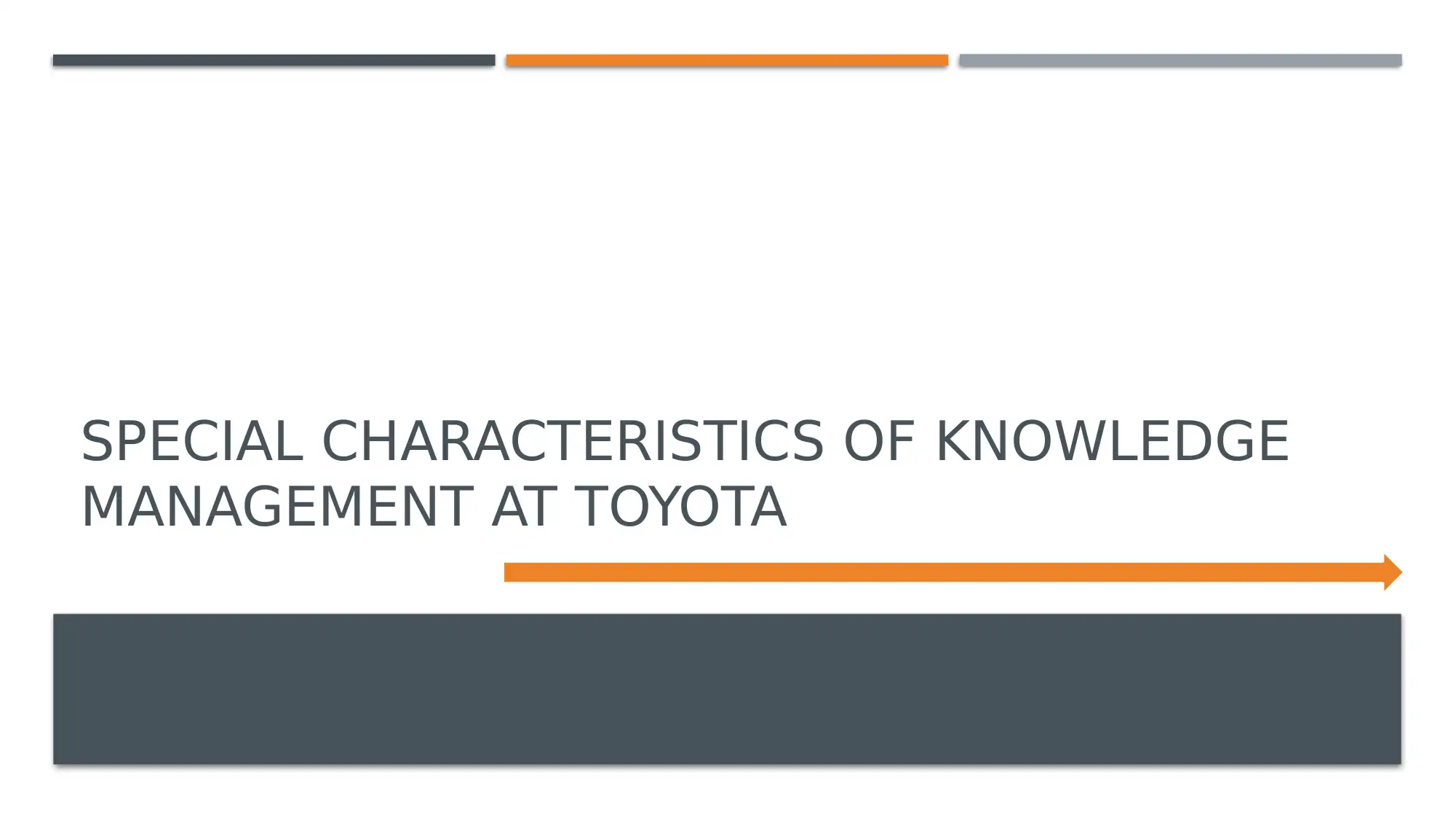
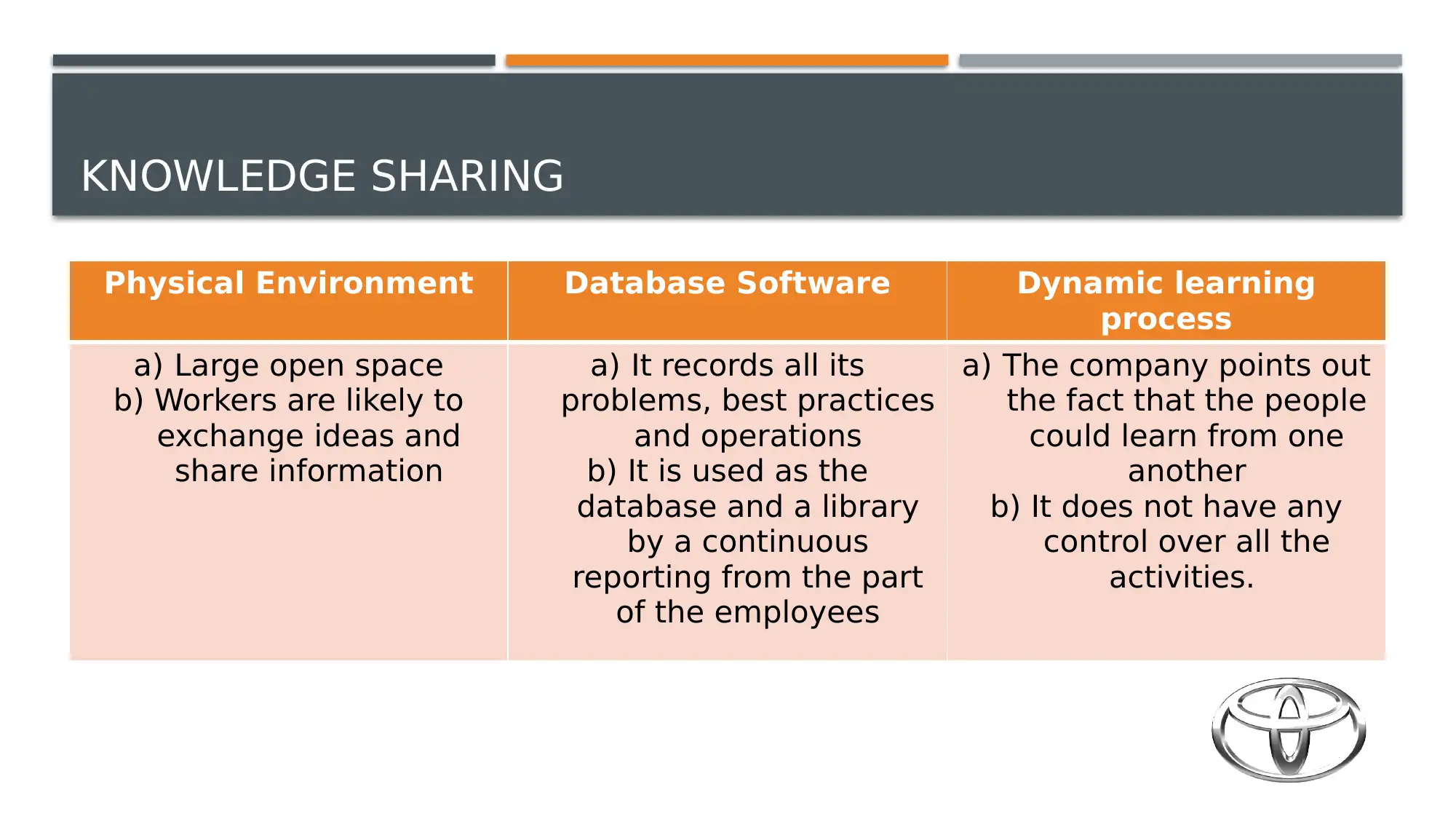
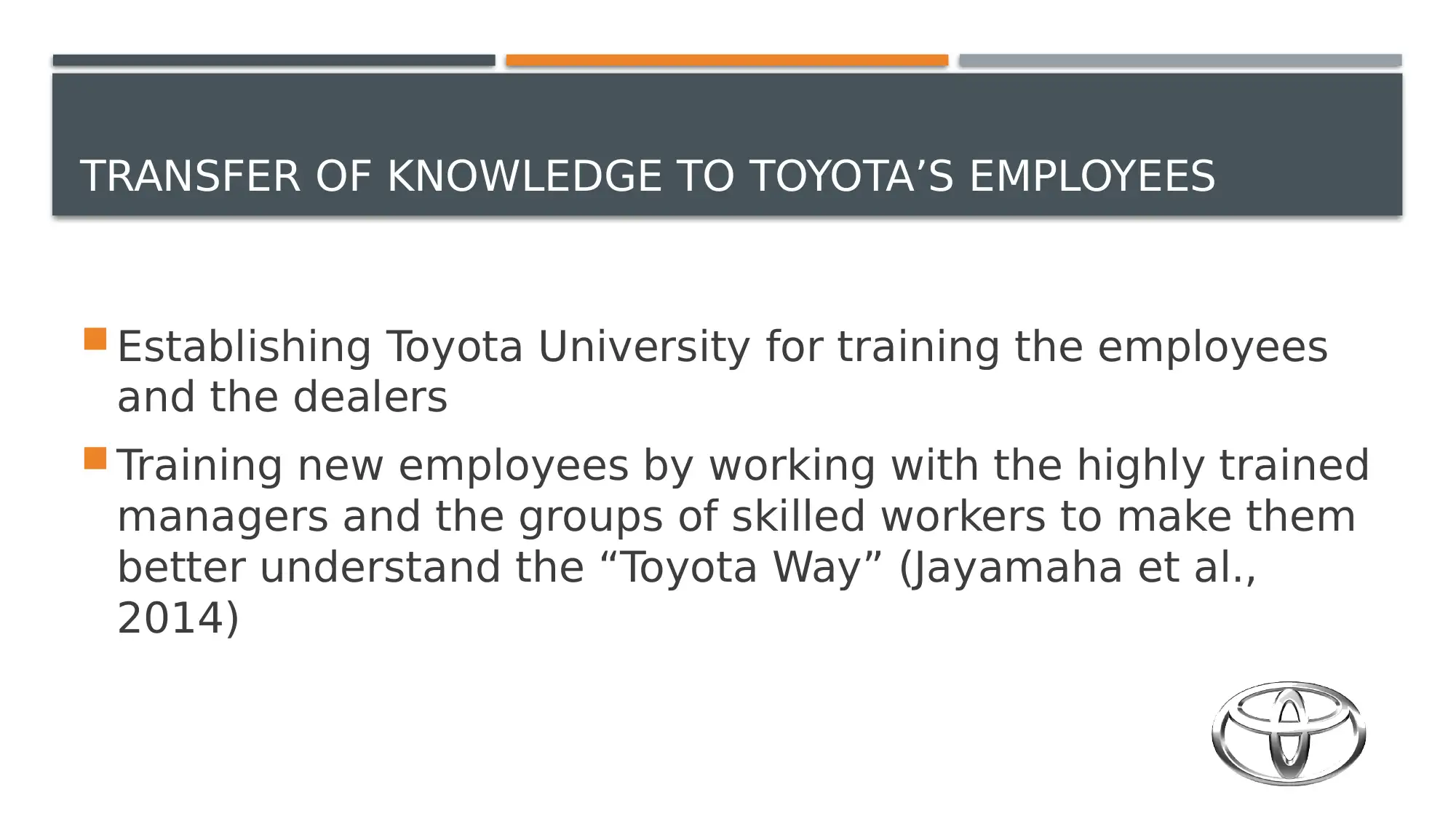
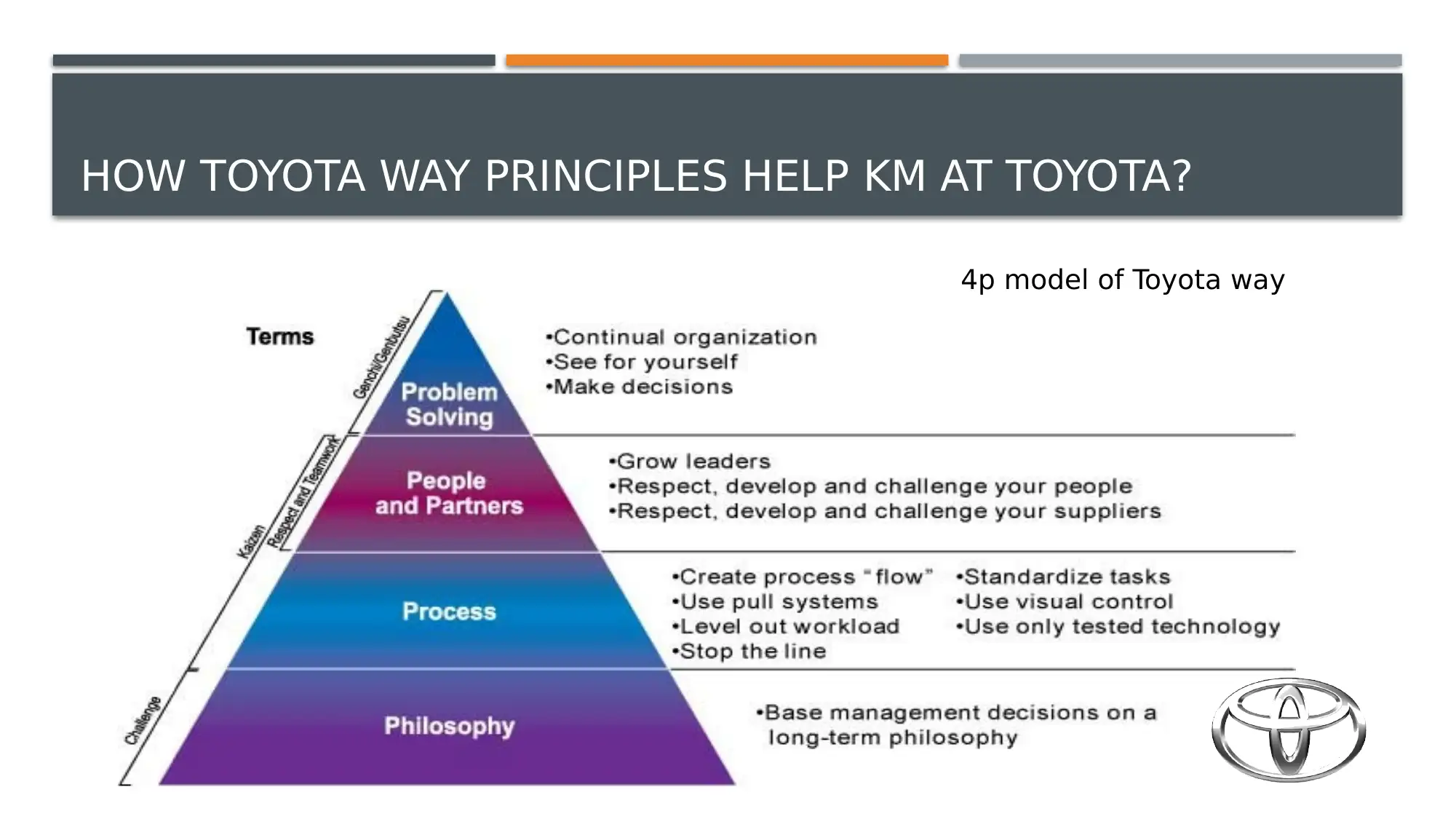
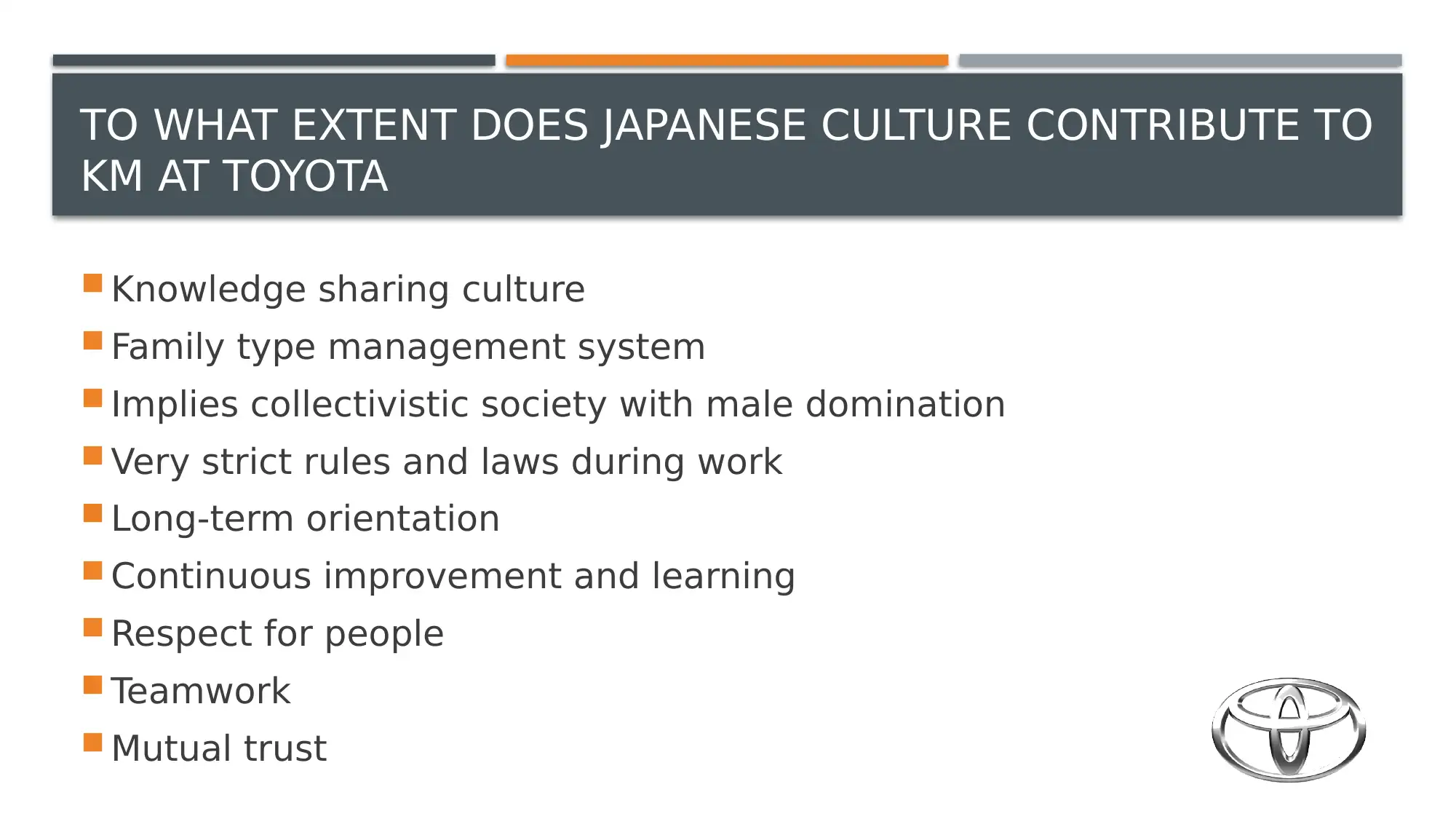
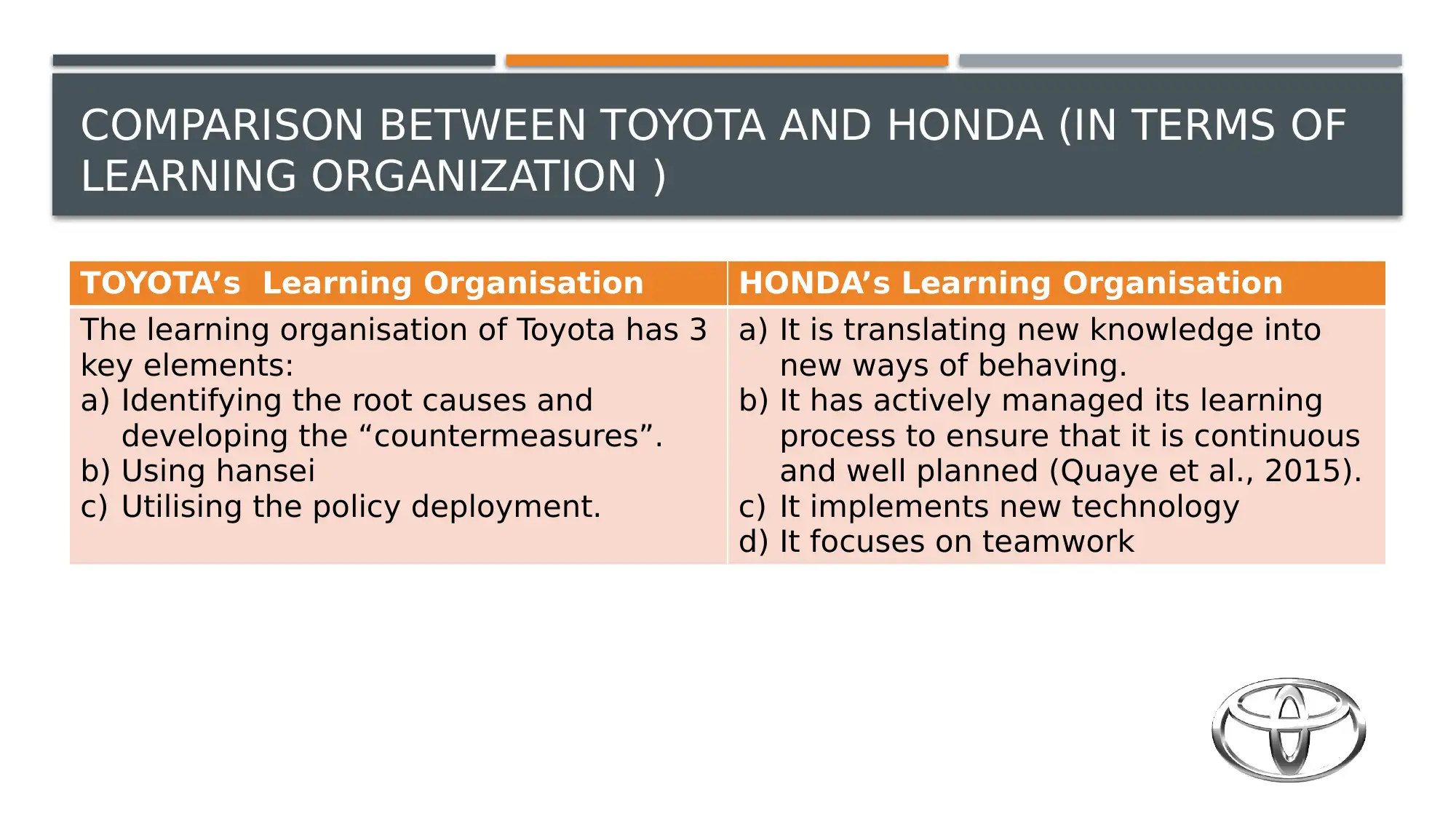
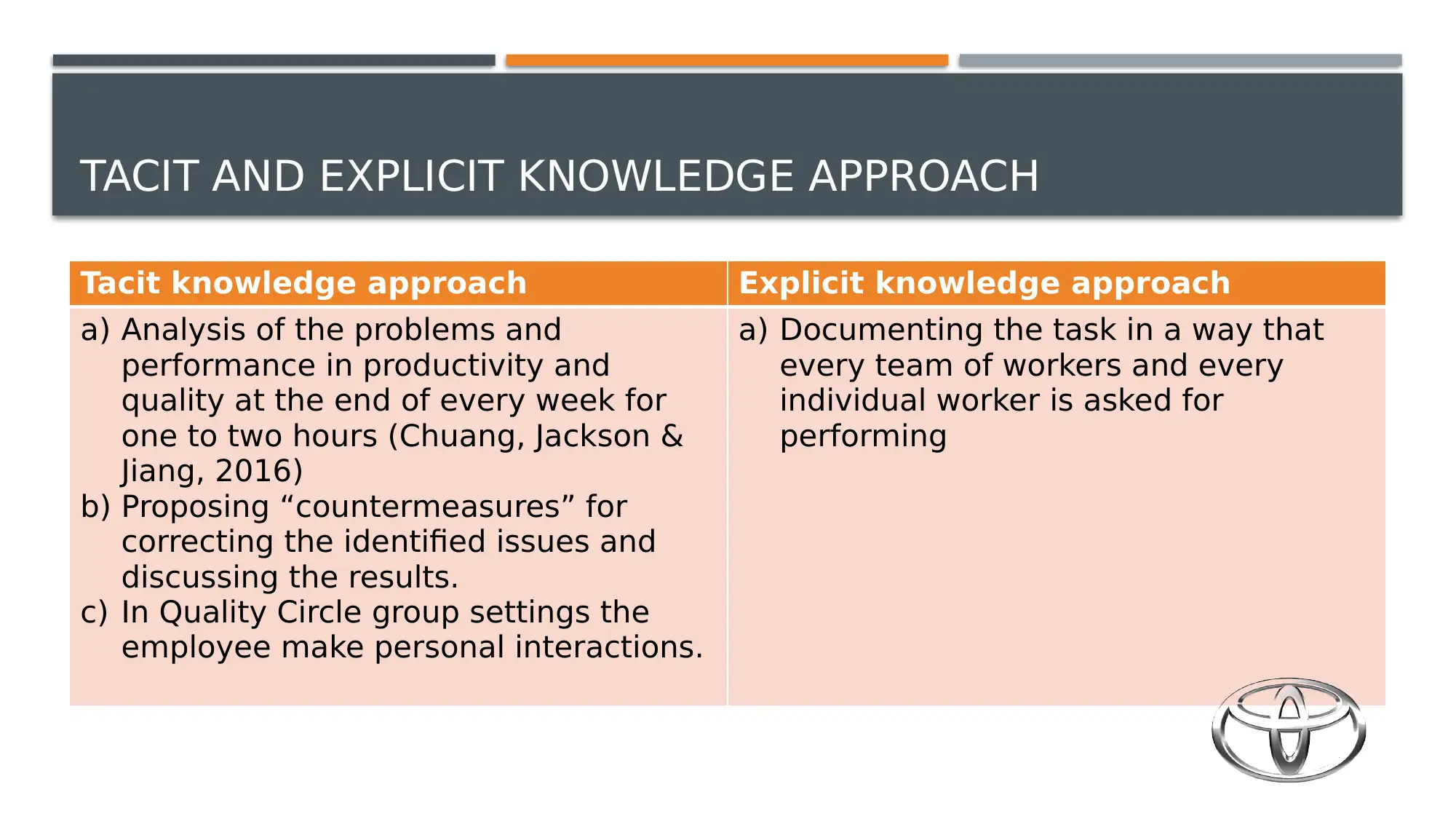






![[object Object]](/_next/static/media/star-bottom.7253800d.svg)